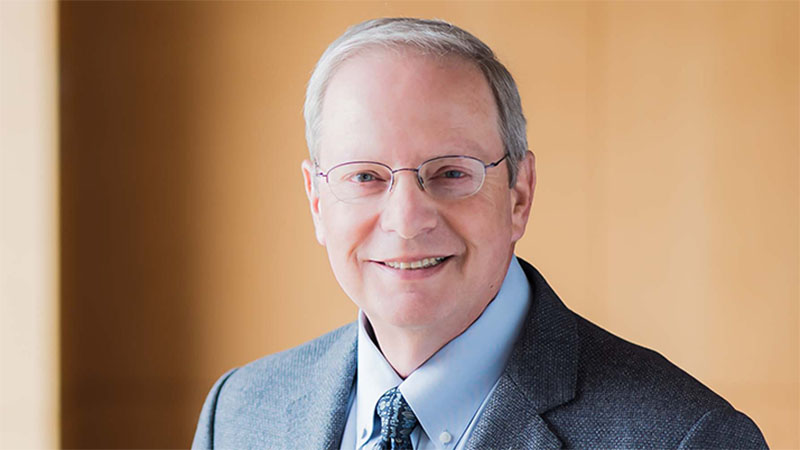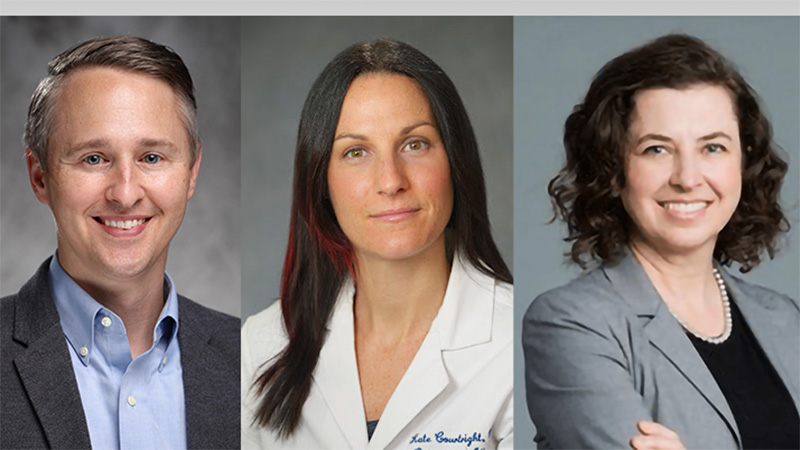Last week a physician colleague expressed her concern about signing routine hospice admission orders for her elderly patient with end stage heart failure. The routine ‘as needed’ (PRN) orders included phenobarbital, pentobarbital, haloperidol, lorazepam, and morphine. “The hospice nurses know more about this than I do, don’t they?” she said. Yesterday, a longtime palliative care nurse told me she didn’t want to put her mother with end stage heart failure in a nursing home with hospice, because “they’ll just give her morphine and ativan. I want her heart failure managed.”
I worked as a hospice case manager in the community for eight years prior to becoming a nurse practitioner (NP) and have blogged in the past here about similar concerns. In my experience, most hospice nurses know a lot more about how to manage generic end of life physical symptoms than many physicians, particularly pain management and psychosocial symptoms/issues. Highlight generic. Physicians and NPs are trained to think pathophysiologically. We think via differential diagnosis. For example, as a hospice nurse (RN), I might have managed shortness of breath (SOB) in a patient with heart failure with low dose morphine. As an NP I might also look for subtle signs of fluid overload (JVD, bibasilar crackles, dependent edema) for possible diuretic adjustment and think about how the patient’s renal function might factor into these decisions. I might check if there are co-morbidities to consider (aortic stenosis, atrial fibrillation, myelodysplasitic syndrome/chronic anemia, COPD, Parkinson’s, anxiety, GI dysmotility) when thinking about meds (including opioids) in determining the source and treatment for the SOB. As an RN, if a patient became confused I would check for pain, constipation, and urinary retention. But then what? I might give lorazepam or haldol. These are likely pre-signed orders that may even be in the home for those “just in case” times. Convenient. As an NP, I might also think about infection, co-morbidities, polypharmacy, and medication side effects (particularly in the elderly.
Registered nurses are trained to alleviate suffering through diagnosis and treatment of human responses to actual or potential illness. We are trained to assess and treat based on holistic goals and to view the patient in the context of their defined family. Palliative care and nursing philosophy share a holistic approach to care that encompasses physical, emotional and spiritual concerns of the patient and family unit. It is no small wonder that nurses have been the foundation of community hospice work since its beginnings. Physicians are trained to formulate and treat medical diagnoses. Nurse Practitioners are, well, the middle children. We are nurses who have advanced training in diagnosis and treatment of medical conditions in addition to our foundational training. Our medical training is not as deep or broad as that of physicians. Nurse practitioners often pursue further training to develop an area of expertise.
None of us truly knows what we don’t know. Even the most experienced hospice nurses don’t know how their practice would differ if they had the advanced education and training of a nurse practitioner. Few physicians or physician assistants understand the level of training of RNs or LVNs/LPNs, nor their scope of practice. How could they? They’re not nurses. Only the nurse practitioner holds the dual training and, as such, is the perfect liaison for optimal collaboration between these two disciplines.
Surprisingly, nurse practitioners do not play a pivotal role in most community hospice agencies. Medicare requires that there be a physician medical director. Registered nurses usually function as the hospice case manager for the care of the end stage illness.
Hospice nurses are well trained in using medications to manage symptoms. Hence the array of the (all too often) ‘one size fits all’ order set of PRNs. This makes sense when the nurse is out in the home or on the phone doing her/his very best to assess and treat distressing symptoms at the end of life. It’s pretty difficult to track down the doctor of record, contact her/him, describe the situation, request an order and get it to the patient within a reasonable period of time such that the patient (and family) does not suffer for hours longer. Having pre-signed orders to use PRN can be a life-saver (no pun intended) at times. The downfall is the one size fits all practice. Shortness of breath equals morphine; anxiety equals lorazepam; confusion/agitation equals haldol.
There is continued grumbling among hospices and palliative care folks that patients are often referred too late to hospice care. However, at least in the case of patients with some non-cancer diagnoses, are they? Is our system set up to care for these patients optimally at the end of life? Sadly, I think not.
Happily, there is a relatively easy solution – use nurse practitioners who have advanced training in palliative care and (my bias) gerontology.
What if hospice nurses had easy access to a palliative care NP who had the training to assess and treat medically complex patients at the end of life? What if the hospice nurses had access to someone who understood their practice and could provide the appropriate education and support to improve their practice? What if the NP was available for home visits? Hospice nurses might practice differently. Patients would get better care. And health care providers might not be so reticent to refer their patients a little earlier.
The Medicare Hospice Benefit requires the provision of 24-hour nursing services and a physician medical director who reviews medical orders and participates in an interdisciplinary team group overseeing patient care. Why not a nurse practitioner and physician as co-directors? It makes sense. It’s time. And it’s the right thing to do.



